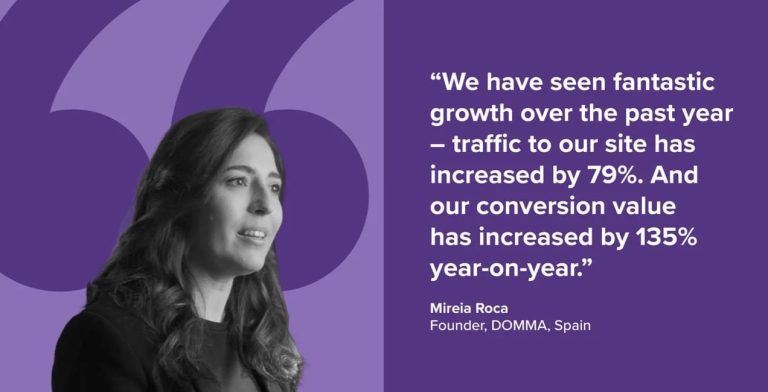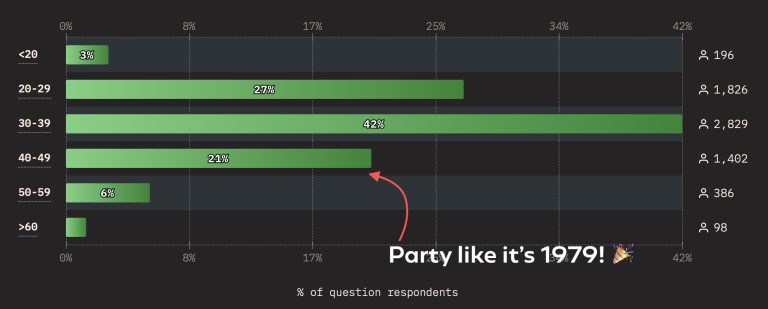A meta description summarizes the content on a web page. Google has long stated that meta descriptions do not impact rankings, yet business execs often misunderstand their function.
Here’s what to know about meta descriptions from a search engine optimization perspective.
Table of Contents
Not a ranking factor
When ranking web pages, Google doesn’t consider meta descriptions, although they can appear in the snippets of organic listings, informing searchers of what the page is about.
Note the example below for a Google search of “practical ecommerce.” The snippet shows the query (“practical ecommerce”) in bold text, likely increasing the clicks on the listing. Thus meta descriptions containing popular keywords typically attract more attention — and clicks.

A search for “practical ecommerce” produces a snippet using the page’s meta description.
Not always in search results
Nonetheless, Google usually ignores a page’s meta description and uses body content in the search snippet. Google confirms this in a “Search Central” blog post:
Google primarily uses the content on the page to automatically determine the appropriate snippet. We may also use descriptive information in the meta description element when it describes the page better than other parts of the content.
A search snippet is query-dependent — Google attempts to generate a snippet relevant to the searcher’s word or phrase. Including all potential queries in a meta description is impossible, but a couple of tactics apply:
- Include the page’s primary keyword. Google will likely display the meta description for those queries, giving page owners control over what searchers see on popular terms.
- Use variations of the brand name. Optimize brand searches with common deviations, such as one word or two. Each option will appear in bold, driving clicks to the page.
Low priority
Unlike other on-page elements, meta descriptions are not user-facing or ranking-driven. In its Search Central post, Google even encourages machine-generated versions provided they are aimed at humans and relevant to the page:
…programmatic generation of the descriptions can be appropriate and is encouraged. Good descriptions are human-readable and diverse. Page-specific data is a good candidate for programmatic generation. Keep in mind that meta descriptions comprised of long strings of keywords don’t give users a clear idea of the page’s content and are less likely to be displayed as a snippet.
ChatGPT and Gemini can generate meaningful meta descriptions. Here’s my go-to prompt:
My target keyword is [KEYWORD]. Here’s my page copy: [TEXT]. Generate a meta description containing my keyword in the first sentence. Make the description engaging — for example, include a call-to-action.
Other AI-driven tools can produce the descriptions, too.
No ideal length
Countless search-engine tools will claim a meta description is too long or short. Always ignore them. Google continually experiments with the length and content of search snippets, such as showing the date and rich elements. Most snippets in 2025 will be just one sentence (roughly 140 characters), although that will likely change.
Insert top keywords at the beginning of a meta description instead of guessing the length. This will ensure Google uses it more often and displays those queries in bold text.





